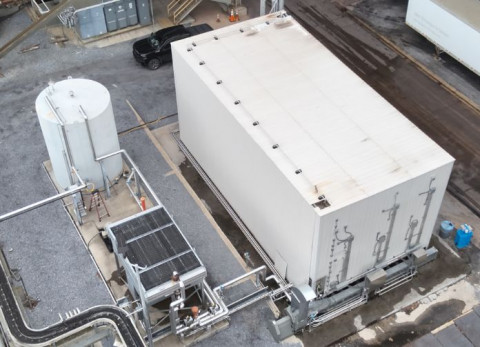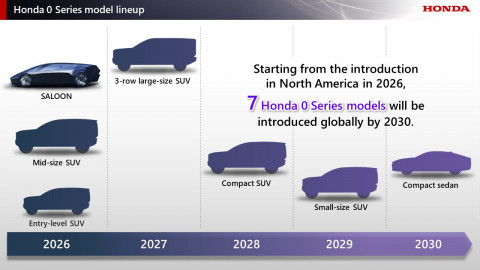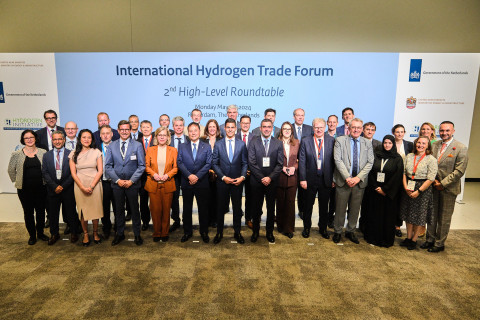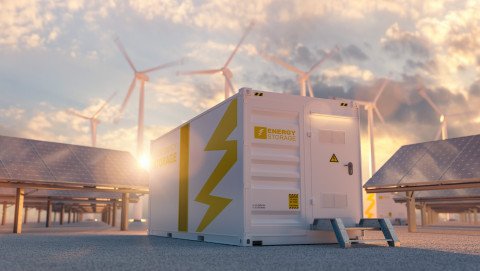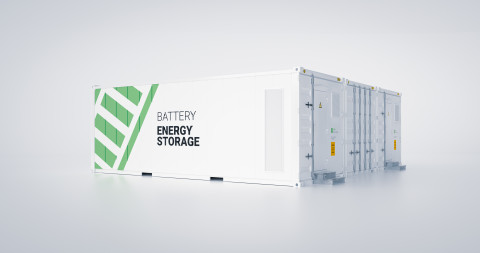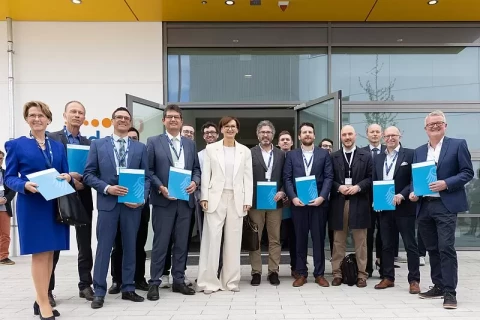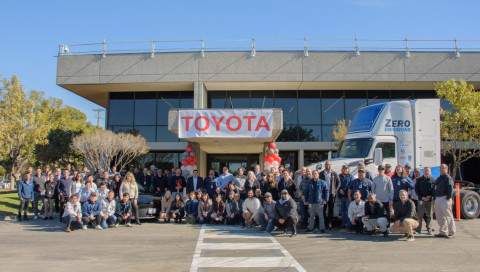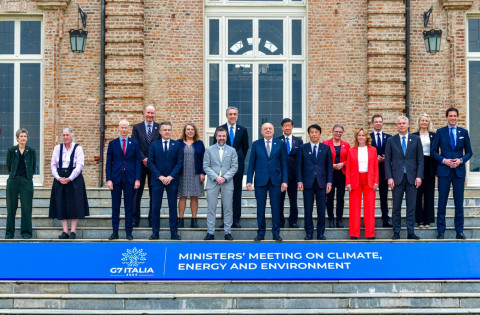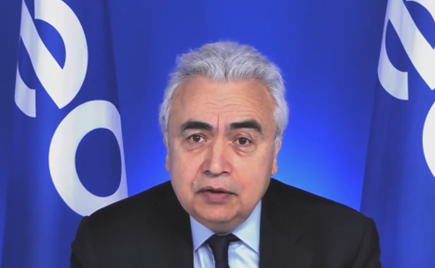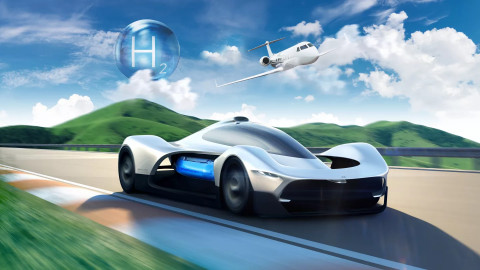IIT Bombay discovers new magnetized catalyst to boost H2 production, reduce energy cost
The Indian Institute of Technology Bombay (IIT Bombay) has announced that it has discovered how a magnetized catalyst can speed up hydrogen production while also bringing down the total energy cost.
The new catalyst, revealed by IIT Bombay researchers, can be used to obtain hydrogen from water.
IIT Bombay researchers have showcased how the selected catalyst increased the speed of producing hydrogen and reduced the amount of energy necessary to do so in comparison to earlier studies.
The findings have been published in the "Premagnetised Carbon-Catalyst Interface Delivering 650 Percent Enhancement in Electrocatalytic Kinetics of Hydrogen Evolution Reaction" study.
For electrolysis, previous studies have shown that metals like platinum, rhodium, and iridium speed up the overall process.
The researchers used a compound comprising of cobalt and oxygen to accomplish the same goal at a much lower cost providing a viable solution to reduce electrolysis production prices.
Cobalt oxide particles decorated the carbon nanoflorets which then were placed in the water.
An electrical field had then been applied through the cobalt oxide to water molecules which then resulted in the electrolysis of the water.
Regardless of this, cobalt oxide necessitates a high amount of energy needs a vast amount of energy to be efficient and still produce hydrogen at a low speed.
To counter this, the IIT Bombay researchers used magnetic fields to enhance the reaction speed by about three times.
By utilizing a small fridge magnet near the setup, the researchers measured the amount of energy spent via the electric and magnetic fields and compared it with the cases when there was no magnet in the vicinity of the setup.
The researchers found that the electrolysis consumed 19 percent less energy in a stipulated time.
Professor Chandramouli Subramaniam of IIT Bombay, said, "The intermittent use of an external magnetic field provides a new direction for achieving energy-efficient hydrogen generation. Other catalysts can also be explored for this purpose."
Jayeeta Saha, an author of the study, said, "The catalyst we have designed can sustain the magnetization for prolonged periods, the key being the development of a synergistic carbon-metal oxide interface.
"A one-time exposure of the magnetic field is enough to achieve the high speed of hydrogen production for over 45 minutes."





